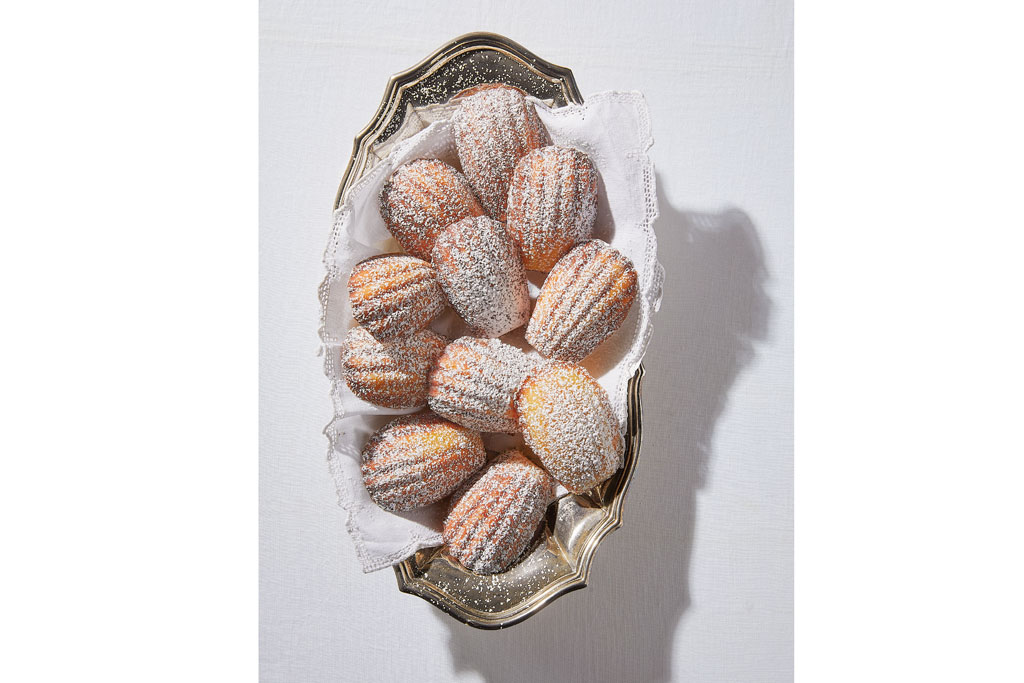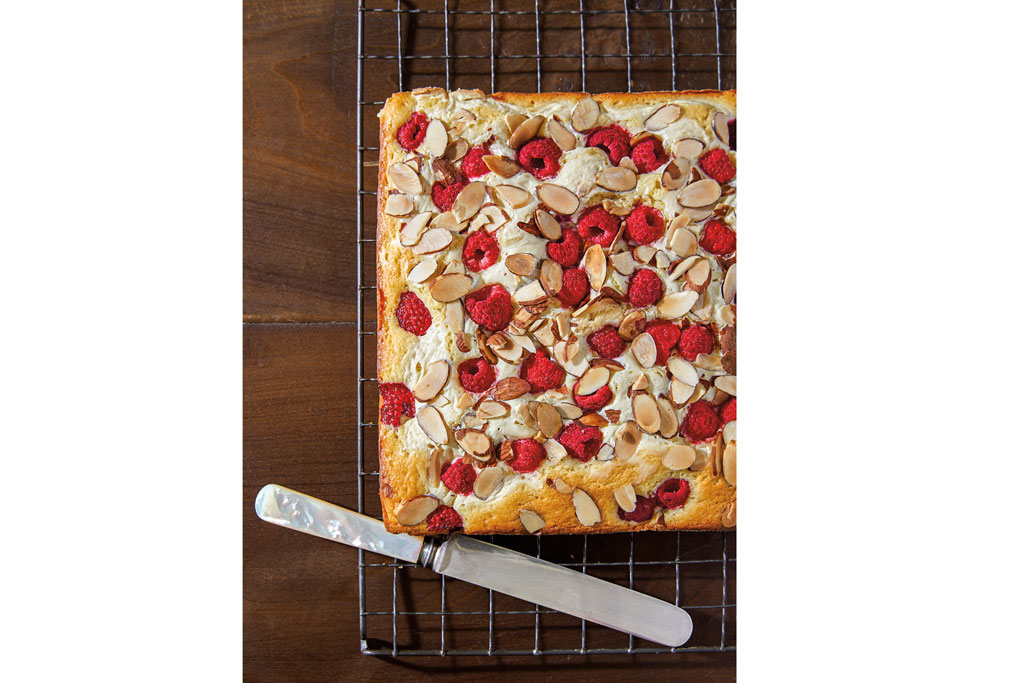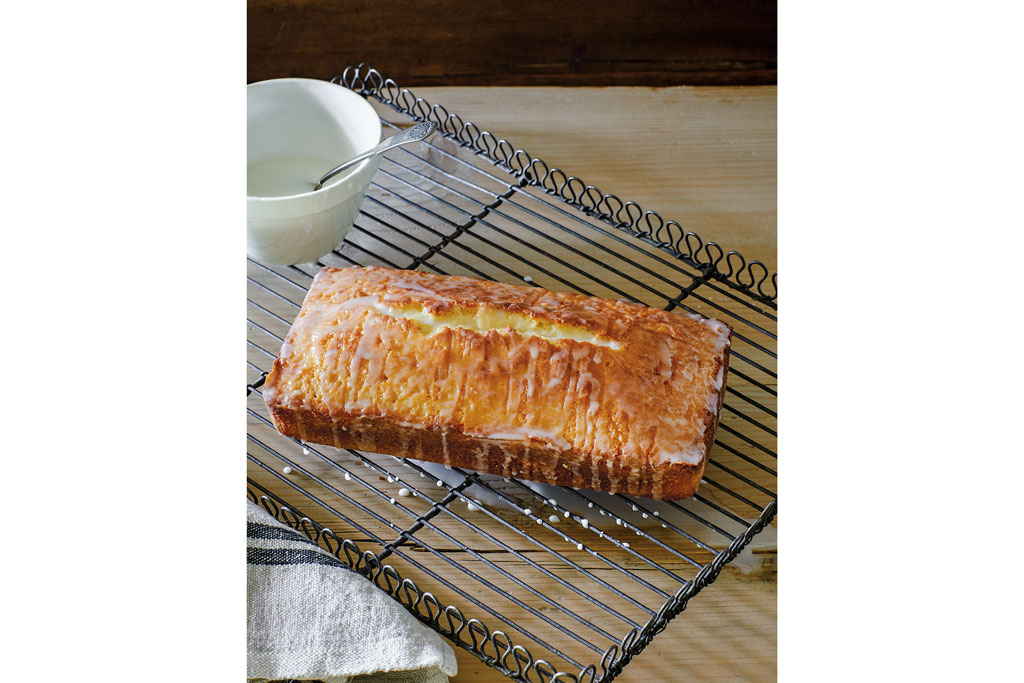3 Downtown Abbey-Inspired Afternoon Tea Recipes
No-one knows how to do afternoon tea better than the residents of Downtown Abbey
This post may contain affiliate links. Learn more
Looking to create your own DIY afternoon tea? Dine Downtown-style with The Official Downton Abbey Afternoon Tea Book, which offers readers the opportunity to bring a slice of 1920s elegance into their homes. Here we share three recipes from the book.
Recipe: Downtown Abbey’s Madeleines

These seashell-shaped French tea cakes were a customary addition to the afternoon tea tray at Downton and were kept in biscuit jars by the beds of Mary, Edith and Sybil for late-night snacking. They were also a favourite of Matthew whose middle-class upbringing showed when, on his first visit to Downton, he loaded up his plate with the small, delicate cake-like madeleines.
Makes 12 Madeleines
Ingredients
- 60g (4 tablespoons)
- Unsalted butter, melted and cooled, plus room-temperature butter for the tin
- 60 g (1/2 cup) self-raising flour, plus extra for the tin
- 2 eggs
- 70g (1/3 cup) caster sugar
- 1/4 teaspoon salt
- 1 teaspoon vanilla extract
- Icing sugar, for dusting (optional)
Method
Preheat the oven to 190°C/375°F/Gas Mark 5. Using a pastry brush, coat the 12 moulds of a madeleine tin with room-temperature butter, carefully coating each and every ridge. Dust the moulds with flour, tilting the tin to coat evenly and then tapping out the excess. In a bowl, using an electric mixer, beat together the eggs, caster sugar and salt on a medium-high speed until light and fluffy, about5 minutes. Beat in the vanilla. Turn off the mixer and sift the flour over the egg mixture. With the mixer on a low speed, beat in the flour until fully incorporated. Turn off the mixer again and, using a rubber spatula, gently fold in half of the melted butter just until incorporated. Fold in the remaining melted butter just until blended. Spoon the mixture into each prepared mould, leaving a 2mm (¼inch gap at the top. Bake the madeleines, rotating the tin back to front halfway through baking, until the tops spring back when lightly pressed with a fingertip, 10–12 minutes. Remove the tin from the oven, immediately invert it onto a wire rack, and tap the tin on the rack to release the madeleines. If any of them stick, turn the tin upright, loosen their edges with a butter knife, and then invert and tap again. Leave to cool slightly and serve warm. If desired, lightly dust the tops with icing sugar just before serving.
Recipe: Downtown Abbey’s Raspberry Custard Cake

Bursting with the flavour of fresh raspberries and vanilla custard, this simple one layercake boasts a moist and tender texture. It is perfect at tea time, of course,but it is also welcome as a dessert after lunch or dinner.
Serves 8-12
Ingredients
For the custard:
- 3 egg yolks
- 3 tablespoons caster sugar
- Pinch of salt
- 180 ml (3/4 cup) whole milk
- 60 ml (1/4 cup) double cream
- 1 teaspoon vanilla extract or vanilla paste
For the cake:
- 170 g (3/4 cup) unsalted butter, at room temperature, plus extra for the tin
- 220 g (13/4 cups) self-raising flour, plus extra for the tin
- 11/2 teaspoons baking powder
- 1/2 teaspoon salt
- 200 g (1 cup) caster sugar
- 3 eggs, at room temperature
- 11/2 teaspoons vanilla extract
- 170 g (11/2 cups) raspberries
- 2 tablespoons flaked almonds, toasted
- Icing sugar, for dusting
Method
To make the custard, in a saucepan, whisk together the egg yolks, caster sugar and salt until blended and lighter in colour, about 1minute. Pour in the milk and cream and whisk until blended, about30 seconds. Place over a medium-low heat and cook, stirring constantly, until the mixture is thick enough to coat the back of a spoon and hold a line drawn through it, 4–5 minutes. (It should register 77°C/170°F on an instant-read thermometer.) Remove from the heat, add the vanilla and whisk until blended. Scrape into a small bowl and leave to cool until room temperature, then cover and refrigerate until cold, 2–3 hours or up to 2 days. For faster cooling, set the bowl over a larger bowl filled with ice and water and stir until cold. You should have 310 g (11/4 cups). To make the cake, preheat the oven to 180°C/350°F/Gas Mark 4.Lightly butter the bottom and sides of a 25-cm (10-inch) square cake tin or a 25-cm (10-inch) round spring form tin, then dust with flour, tapping out the excess. Have the cold custard ready. In a small bowl, mix together the flour, baking powder and salt. In a large bowl, using an electric mixer, beat the butter on a medium speed until smooth, about 1 minute. Increase the speed to medium-high, add the sugar and beat until fluffy and lighter in colour, 2–3 minutes. Add the eggs, one at a time, beating well after each addition and adding the vanilla with the final egg. On a low speed, add half the flour mixture and mix just until blended, then add half of the custard and mix just until blended. Add the remaining flour mixture and again mix just until blended. Transfer the mixture to the prepared tin, spread evenly, and smooth the top. Scatter the berries over the mixture, drizzle the remaining custard on top and finish with the flaked almonds. Bake the cake until a skewer inserted into the centre comes out clean,43–45 minutes. Leave to cool in the tin on a wire rack for at least 20 minutes. Serve warm.
Recipe: Downtown Abbey’s Lemon Drizzle Cake

Warne’s Model Cookery and Housekeeping Book, published in 1868 in both London and New York, contains one of the earliest recipes for lemon cake, which calls for just four ingredients: eggs, flour, sugar and grated lemon peel. A staple of tearooms in National Trust properties and regularly voted among the top ten favourite cakes in Britain, this deliciously sticky, moist version is slightly more elaborate yet just as traditional.
Ingredients
For the cake:
- 115 g (½ cup) unsalted butter, at roomtemperature, plus extrafor the tin
- 185 g (1½ cups) self-raising flour, plus extra for the tin
- 1 teaspoon baking powder
- ½ teaspoon salt
- 150 g (¾ cup) caster sugar
- 1 tablespoon grated lemon zest
- 3 eggs
- 120 ml (½ cup) milk
- 1 teaspoon vanilla extract
For the syrup:
- 3 tablespoons fresh lemon juice
- 3 tablespoons caster sugar
For the glaze:
- 60 g (½ cup) icing sugar
- 1 tablespoon lemon juice
Method
To make the cake, preheat the oven to 190°C/375°F/Gas Mark 5. Butter a 2 lb loaf tin, then dust with flour, tapping out the excess. Sift together the flour, baking powder and salt into a bowl. In a large bowl, using an electric mixer, beat together the butter, caster sugar and lemon zest on a medium-high speed until fluffy and lighter in colour, about 3 minutes. Add the eggs, one at a time, beating well after each addition. Add the milk and vanilla and beat until blended. On a low speed, add the flour mixture and beat just until blended. Transfer the mixture to the prepared tin and smooth the surface. Bake the cake until golden brown and a skewer inserted into the centre comes out clean, about 55 minutes. Leave the cake to cool in the tin on a wire rack for a few minutes, then turn it out onto the rack. Turn the cake on its side to cool while you make the syrup. To make the syrup, in a small saucepan over a medium heat, combine the lemon juice and caster sugar. Bring to a simmer, stirring to dissolve the sugar, and then simmer until syrupy, about 2 minutes. Remove from the heat. Using a long wooden skewer, pierce the sides and the bottom of the warm cake, making the holes about 2.5 cm (1 inch) apart and 2.5 cm (1 inch) deep. Brush the sides and bottom of the cake generously with the syrup, making sure it seeps into the holes. To make the glaze, in a small bowl, mix together the icing sugar and lemon juice until smooth. When the cake is cool, turn it right side up on a serving plate and drizzle the glaze over the top. Leave to stand until the glaze is set, about 15 minutes, and serve.
Recipes extracted from The Official Downton Abbey Afternoon Tea Book, £12.99, Frances Lincoln.
MORE AFTERNOON TEA RECIPES:
Prue Leith’s Chocolate Cake / Peggy Porschen’s Pumpkin Cupcakes
